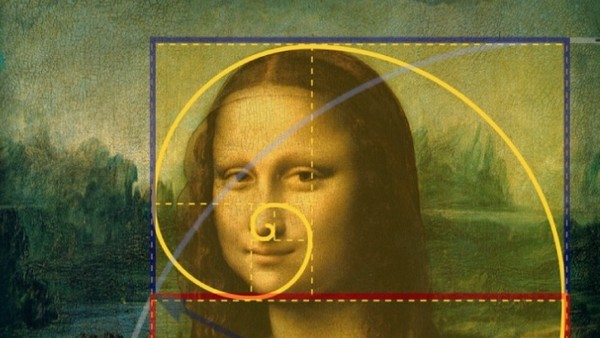8 Hidden Secrets In The Mona Lisa
4. The Golden Ratio

The golden ratio is a number found if you divide a line into two, and the longer part divided by the smaller part is equal to the whole length divided by the longer part. You followed that, right? It's not really important that you do, just that you know it's a pretty big deal in mathematics. We don't think you can do it on a calculator, so we're pretty ignorant as to how it works. We're more concerned with writing funny words and phrases upside down. What is important is that the golden ratio has been used as the guiding principle for many pieces of ancient art and engineering, including the Pyramids of Giza and da Vinci's own rendition of The Last Supper.
What's interesting is how often the ratio appears, even when people aren't necessarily basing their work on it. Biologists, artists, musicians, historians, architects, psychologists, and even mystics have found examples of it in the wild and elsewhere, and people have used it to analyse the proportions of natural objects as well as man-made systems such as financial markets. It's pretty wild how often it turns up, so it's possibly not all that surprising that it crops up in the Mona Lisa too. Especially because da Vinci was an avowed fan, using it in his works and illustrating a whole book on what writer Luca Pacioli referred to as the "Golden Proportion". The idea of using it in art is that the golden ratio will produce the proportions which are most pleasing to the human eye, for reasons we probably can't hope to understand without having some Eldritch-esque mind explosion.
It's supposed to produce a sense of beauty and balance, which might explain quite why people are so obsessed with the Mona Lisa, besides all these hidden bits and bobs: the face of the Mona Lisa, fits perfectly into a golden rectangle, as does the entire portrait. So the reason you love staring at this painting? Maths!